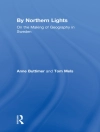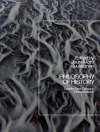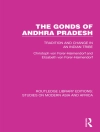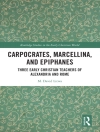The surprising and counterintuitive origins of America’s racial crisis Why did the Founding Fathers fail to include blacks and Indians in their cherished proposition that "all men are created equal"? The usual answer is racism, but the reality is more complex and unsettling. In Bind Us Apart, historian Nicholas Guyatt argues that, from the Revolution through the Civil War, most white liberals believed in the unity of all human beings. But their philosophy faltered when it came to the practical work of forging a colour-blind society. Unable to convinceothers – and themselves – that racial mixing was viable, white reformers began instead to claim that people of colour could only thrive in separate republics: in Native states in the American West or in the West African colony of Liberia. Herein lie the origins of "separate but equal." Decades before Reconstruction, America’s liberal elite was unable to imagine how people of colour could become citizens of the United States. Throughout the nineteenth century, Native Americans were pushed farther and farther westward, while four million slaves freed after the Civil War found themselves among a white population that had spent decades imagining that they would live somewhere else.
Nicholas Guyatt
Bind Us Apart [PDF ebook]
How Enlightened Americans Invented Racial Segregation
Bind Us Apart [PDF ebook]
How Enlightened Americans Invented Racial Segregation
Beli ebook ini dan dapatkan 1 lagi PERCUMA!
Bahasa Inggeris ● Format PDF ● Halaman-halaman 416 ● ISBN 9780192516619 ● Penerbit OUP Oxford ● Diterbitkan 2016 ● Muat turun 3 kali ● Mata wang EUR ● ID 7351904 ● Salin perlindungan Adobe DRM
Memerlukan pembaca ebook yang mampu DRM












